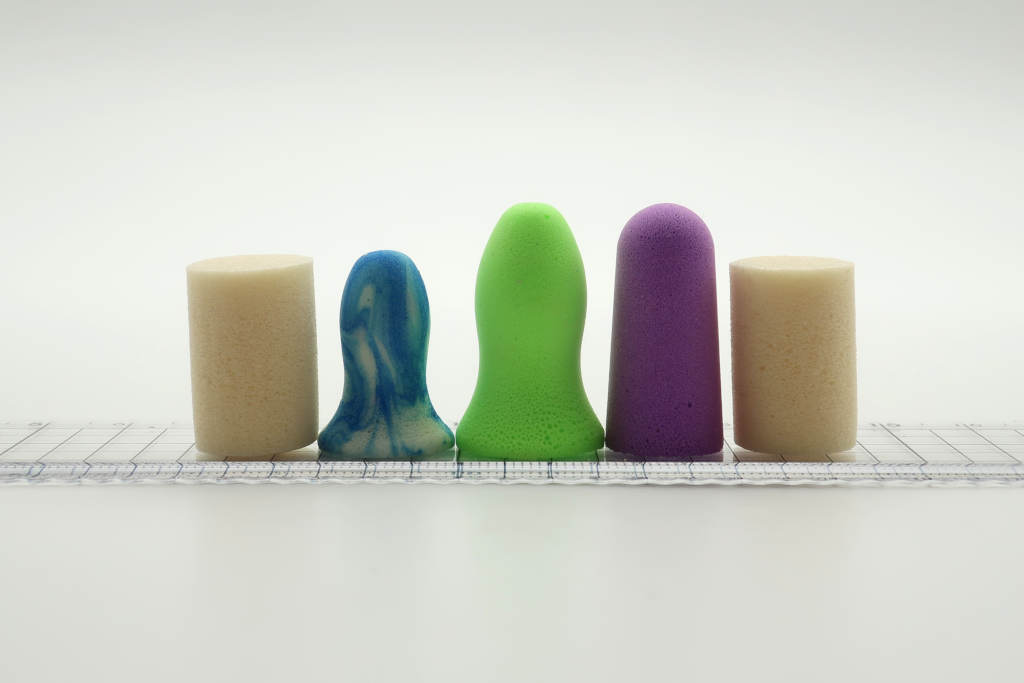Flents Quiet Time vs Quiet Contour vs Quiet Please [tested] |
您所在的位置:网站首页 › quiet time › Flents Quiet Time vs Quiet Contour vs Quiet Please [tested] |
Flents Quiet Time vs Quiet Contour vs Quiet Please [tested]
Flents Quiet Time vs Quiet Contour vs Quiet Please [tested]
Published on June 2, 2021 by Helmut

Flents (Apothecary Products) distributes several very different earplugs in their Quiet-series. The short cylindrical Quiet Please are made of beige PVC. They may look retro, but in my experience, they shine as low frequency noise blockers and exert very little pressure in the ear canal. The longer Quiet Time (purple) and Quiet Contour (green) are made of softer, but denser polyurethane. They are somewhat more effective overall and more economical because they keep their shape for longer. These three are among the most popular earplugs on the market, and I like all three. For this review, I have put them through some detailed testing (noise reduction, size, comfort, ease of insertion). Note: If you like the shape of the Quiet Contour but have a small ear canal, there is also a mini version of them (blue in the image), the Flents Protechs Earplugs for Sleeping. Contents Noise reduction (official+own results) Official noise reduction ratings for these earplugsThe stated U.S. noise reduction ratings (NRR) for the Quiet Time, Quiet Contour, and Quiet Please are 33, 33, and 29 decibels respectively. These are averages for 10 test persons in a lab with an experienced experimenter inserting the earplugs. The tested frequency range used to calculate the NRR is from 125 Hz to 8 KHz. The noise reduction rating was designed to allow users exposed to potentially damaging noise levels to quickly assess whether a hearing protector is effective enough for protecting their hearing. So as a hearing protector, the Quiet Time and Quiet Contour are rated 4 decibels higher than the Quiet Please. But, you have to be aware that the real noise reduction varies widely among different folks. In particular with earplugs, I like to think of the NRR more as a performance potential rating. To make foam earplugs work well, you have to be able to insert them (almost) completely into your ear and still be comfortable. If the earplugs are too large for your ears or expand too fast, you won’t get a good seal or only a shallow seal and insufficient noise reduction. Depending on your ear, you might get better noise reduction with smaller, well-fitting earplugs with perhaps a lower NRR. Also, the NRR only includes frequency bands down to 125 Hz. If you are looking for an effective remedy against disturbing low frequency noises |
【本文地址】
今日新闻 |
推荐新闻 |